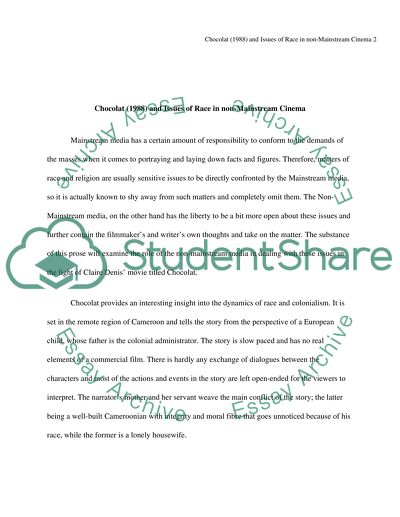Cite this document
(“Illustrating your answer in reference to Chocolat (1988) and secondary Essay”, n.d.)
Retrieved from https://studentshare.org/visual-arts-film-studies/1463118-illustrating-your-answer-in-reference-to-chocolat
Retrieved from https://studentshare.org/visual-arts-film-studies/1463118-illustrating-your-answer-in-reference-to-chocolat
(Illustrating Your Answer in Reference to Chocolat (1988) and Secondary Essay)
https://studentshare.org/visual-arts-film-studies/1463118-illustrating-your-answer-in-reference-to-chocolat.
https://studentshare.org/visual-arts-film-studies/1463118-illustrating-your-answer-in-reference-to-chocolat.
“Illustrating Your Answer in Reference to Chocolat (1988) and Secondary Essay”, n.d. https://studentshare.org/visual-arts-film-studies/1463118-illustrating-your-answer-in-reference-to-chocolat.


